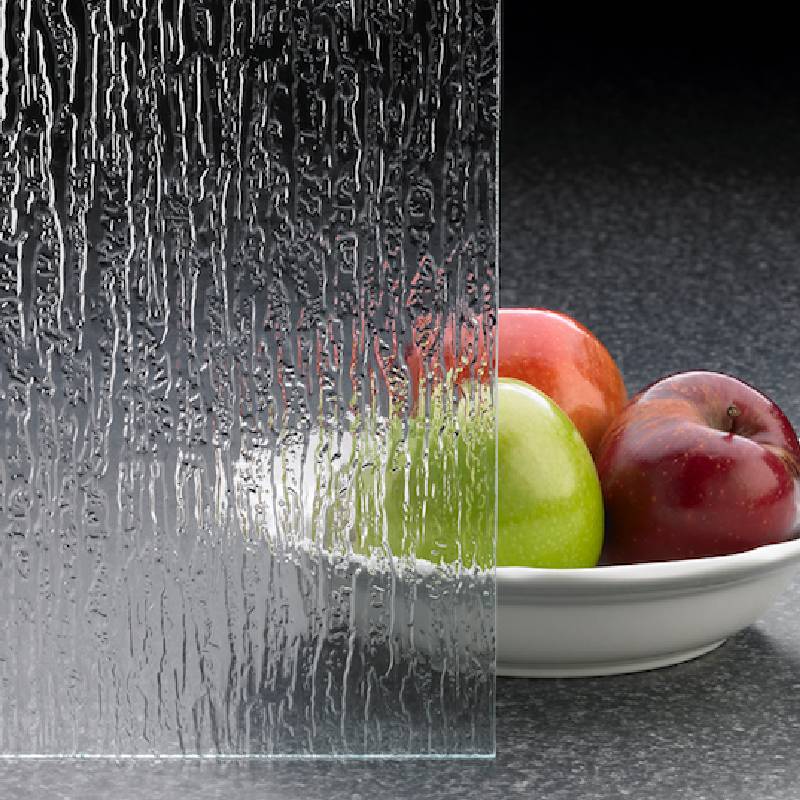The Allure of Mirrored Glass Reflecting a Modern Aesthetic
Mirrored glass has become a defining feature in contemporary architecture and design, offering a unique interplay between reflection and transparency. With its sleek, shiny surface, mirrored glass not only captivates the eye but also serves a multitude of practical and aesthetic purposes. As urban landscapes evolve, this innovative material emerges as a solution to enhance both functionality and visual appeal.
One of the primary advantages of mirrored glass is its ability to reflect the surrounding environment. This property enables buildings to integrate harmoniously with their surroundings, creating a sense of cohesion. For instance, skyscrapers adorned with mirrored glass can reflect the sky, clouds, and neighboring structures, thereby softening their own imposing presence. This visual dialogue fosters a dynamic relationship between the building and its environment, allowing it to blend seamlessly into the urban fabric.
In interior design, mirrored glass is equally impactful. It can be strategically placed to create an illusion of space, making small areas appear larger and more expansive. Interior designers often utilize mirrored panels to enhance natural light, as they bounce reflections throughout a room, illuminating even the dimmest corners. This technique is particularly beneficial in urban apartments or offices where space is limited but the desire for brightness and openness is paramount. Moreover, mirrored surfaces can serve as artistic focal points, transforming drab walls into captivating displays of light and reflection.
mirrored glass
Sustainability is another key aspect where mirrored glass shines. With advancements in technology, manufacturers can produce energy-efficient mirrored glass that reduces heat gain and loss. This feature is crucial in mitigating energy consumption and promoting environmentally friendly building practices. Architects are increasingly opting for these energy-efficient alternatives, recognizing the dual benefit of aesthetics and sustainability.
Despite its advantages, the use of mirrored glass does present certain challenges. Glare and excessive reflection can pose issues for pedestrians and surrounding buildings. Therefore, careful consideration must be given during the design phase to manage these factors effectively. Choosing the right type of mirrored glass, whether it be low-reflective or tinted, can significantly minimize potential drawbacks while retaining the material's beauty.
In conclusion, mirrored glass embodies the essence of modern design. Its ability to meld with its surroundings, create optical illusions, and contribute to sustainability makes it an invaluable asset in contemporary architecture. As designers and architects continue to explore this versatile material, we can anticipate a future where mirrored glass not only enhances our visual experience but also promotes a harmonious balance with the environment.
 Afrikaans
Afrikaans  Albanian
Albanian  Amharic
Amharic  Arabic
Arabic  Armenian
Armenian  Azerbaijani
Azerbaijani  Basque
Basque  Belarusian
Belarusian  Bengali
Bengali  Bosnian
Bosnian  Bulgarian
Bulgarian  Catalan
Catalan  Cebuano
Cebuano  Corsican
Corsican  Croatian
Croatian  Czech
Czech  Danish
Danish  Dutch
Dutch  English
English  Esperanto
Esperanto  Estonian
Estonian  Finnish
Finnish  French
French  Frisian
Frisian  Galician
Galician  Georgian
Georgian  German
German  Greek
Greek  Gujarati
Gujarati  Haitian Creole
Haitian Creole  hausa
hausa  hawaiian
hawaiian  Hebrew
Hebrew  Hindi
Hindi  Miao
Miao  Hungarian
Hungarian  Icelandic
Icelandic  igbo
igbo  Indonesian
Indonesian  irish
irish  Italian
Italian  Japanese
Japanese  Javanese
Javanese  Kannada
Kannada  kazakh
kazakh  Khmer
Khmer  Rwandese
Rwandese  Korean
Korean  Kurdish
Kurdish  Kyrgyz
Kyrgyz  Lao
Lao  Latin
Latin  Latvian
Latvian  Lithuanian
Lithuanian  Luxembourgish
Luxembourgish  Macedonian
Macedonian  Malgashi
Malgashi  Malay
Malay  Malayalam
Malayalam  Maltese
Maltese  Maori
Maori  Marathi
Marathi  Mongolian
Mongolian  Myanmar
Myanmar  Nepali
Nepali  Norwegian
Norwegian  Norwegian
Norwegian  Occitan
Occitan  Pashto
Pashto  Persian
Persian  Polish
Polish  Portuguese
Portuguese  Punjabi
Punjabi  Romanian
Romanian  Russian
Russian  Samoan
Samoan  Scottish Gaelic
Scottish Gaelic  Serbian
Serbian  Sesotho
Sesotho  Shona
Shona  Sindhi
Sindhi  Sinhala
Sinhala  Slovak
Slovak  Slovenian
Slovenian  Somali
Somali  Spanish
Spanish  Sundanese
Sundanese  Swahili
Swahili  Swedish
Swedish  Tagalog
Tagalog  Tajik
Tajik  Tamil
Tamil  Tatar
Tatar  Telugu
Telugu  Thai
Thai  Turkish
Turkish  Turkmen
Turkmen  Ukrainian
Ukrainian  Urdu
Urdu  Uighur
Uighur  Uzbek
Uzbek  Vietnamese
Vietnamese  Welsh
Welsh  Bantu
Bantu  Yiddish
Yiddish  Yoruba
Yoruba  Zulu
Zulu 

